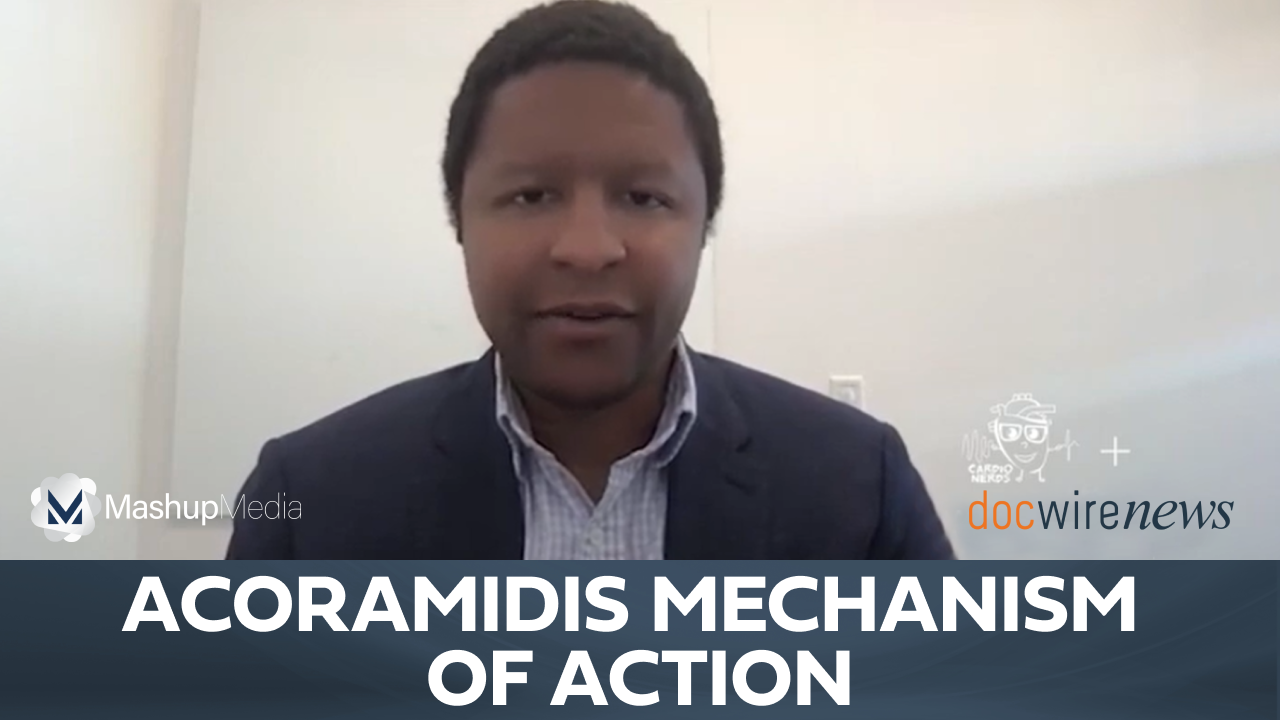
Vascular stiffness may play a larger role in heart failure than previously thought. Patients with heart failure with preserved ejection fraction (HFpEF) have stiffer arteries than those with hypertension, according to a study published in the most recent issue of Journal of Cardiac Failure.1
HFpEF is a heterogeneous syndrome defined by decreased exertional tolerance in the setting of abnormal hemodynamics and a normal ejection fraction. Prior studies have shown increased vascular stiffness in HFpEF patients when compared to hypertensive controls, but these were smaller studies at rest, or with supine exercise.2,3 A larger cohort, along with the use of upright bicycle exercise, which allows for a better estimation of true exercise capacity, would be able to better ascertain the relationship between vascular stiffness, hemodynamics, and exercise tolerance.
In the June 2021 issue of Journal of Cardiac Failure, Zern et al present a prospective, observational study of 385 patients (188 HFpEF, 94 hypertensive controls) undergoing invasive cardiopulmonary stress tests with simultaneous right heart catheterization, continuous arterial waveform monitoring, and upright bicycle exercise. The ratio of pulmonary capillary wedge pressure to cardiac output over time (DPCWP/DCO), in which values > 2 mmHg/L/min are abnormal, was compared to multiple measures of arterial resistance and load. HFpEF was associated with abnormal vascular stiffness at both rest and exercise, and these metrics were consistently worse than those of the hypertensive controls. Furthermore, increased arterial stiffness was directly associated with greater DPCWP/DCO ratios during exercise, representative of abnormally elevated left ventricular filling pressures, and lower peak oxygen consumption. For the HFpEF patient, this indicates worse exertional tolerance and prognosis.1,4
Dr. Emily Zern, the lead author on the paper and cardiology fellow at the Massachusetts General Hospital, notes “this study highlights the potential of exercise provocation to identify mechanisms behind dyspnea on exertion in order to provide opportunity for phenotype-specific therapeutic interventions in HFpEF patients.”
HFpEF makes up about half of all heart failure diagnoses in the United States, but unlike its counterpart with reduced ejection fraction, it has limited effective treatments.5 Pathophysiological understanding of HFpEF is key, and the association of abnormal arterial stiffness is now much clearer. Future therapies targeting vascular stiffness may prove to be beneficial. As ever, with HFpEF, further research is needed but this study marks a valuable step forward.
Dr. Belkin is member of the CardioNerds and a contributor to DocWire News.
🙋♀️Challenged by exercise limitation in your pts w/#HFpEF?
👇🏽this physiologic study @JCardFail by @JenHoCardiology @emilyzernMD @GLewisCardiol @MGHMedicine showing arterial stiffness worse in #HFpEF than pts w/HTN attenuated by 🚴♂️. @MattNayor @HFpEF @HFSA @RyanTedfordMD https://t.co/tFGHMkLpHm— Anu Lala-Trindade (@dranulala) June 1, 2021
References
- Zern EK, Ho JE, Panah LG et al. Exercise Intolerance in Heart Failure With Preserved Ejection Fraction: Arterial Stiffness and Aabnormal Left Ventricular Hemodynamic Responses During Exercise. J Card Fail. 2021;27:625-634.
- Desai AS, Mitchell GF, Fang JC, Creager MA. Central aortic stiffness is increased in patients with heart failure and preserved ejection fraction. J Card Fail 2009;15:658-64.
- Reddy YNV, Andersen MJ, Obokata M et al. Arterial Stiffening With Exercise in Patients With Heart Failure and Preserved Ejection Fraction. J Am Coll Cardiol. 2017;70:136-148.
- Nadruz W, Jr., West E, Sengelov M et al. Prognostic Value of Cardiopulmonary Exercise Testing in Heart Failure With Reduced, Midrange, and Preserved Ejection Fraction. J Am Heart Assoc. 2017;6.
- Dunlay SM, Roger VL, Redfield MM. Epidemiology of heart failure with preserved ejection fraction. Nat Rev Cardiol. 2017;14:591-602.







 © 2025 Mashup Media, LLC, a Formedics Property. All Rights Reserved.
© 2025 Mashup Media, LLC, a Formedics Property. All Rights Reserved.